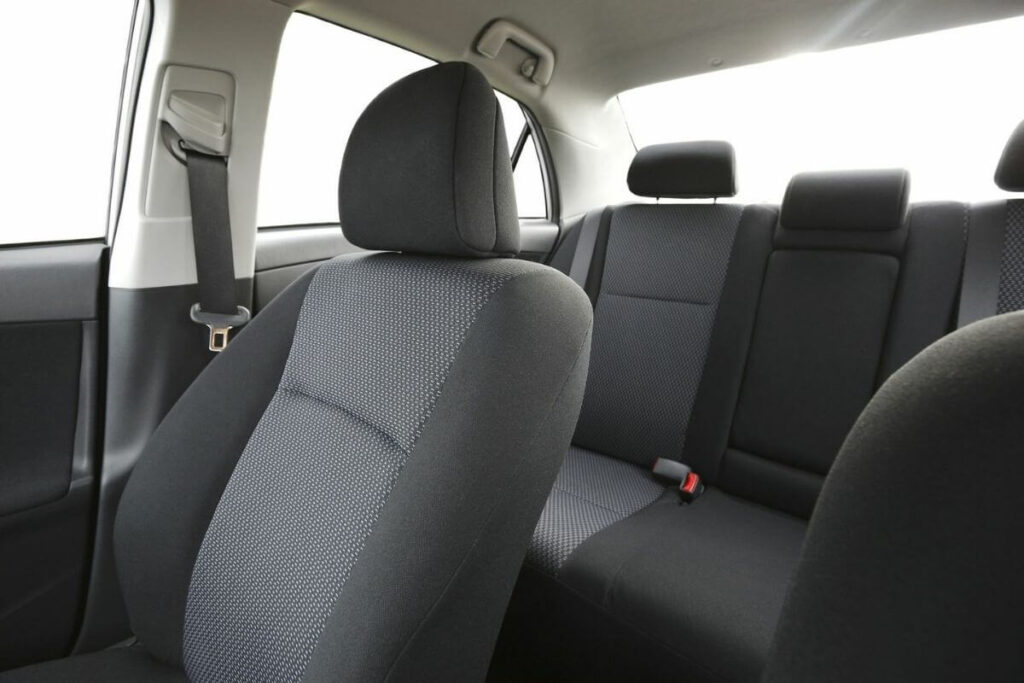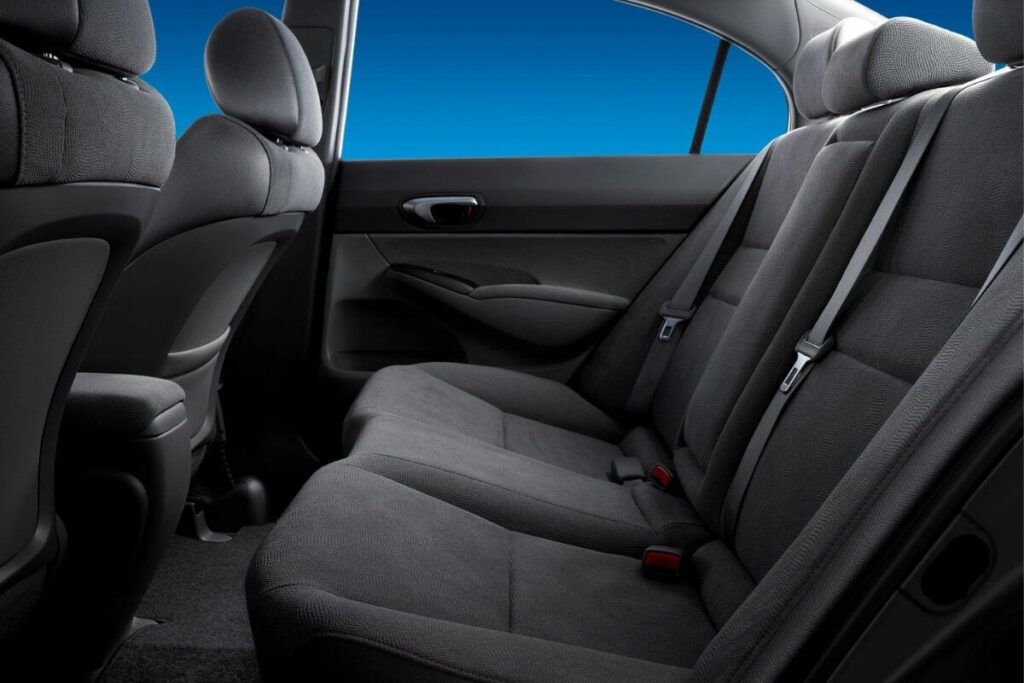To reupholster car seats, remove the old fabric and replace it with new material, securing it tightly. Gather tools, choose appropriate fabric, and take careful measurements for a successful task.
Reupholstering car seats breathes new life into a vehicle’s interior and can be a cost-effective alternative to buying new seats. It’s a task that requires attention to detail and a bit of DIY skill. Whether you’re tackling worn-out upholstery or simply looking to customize your car’s appearance, updating your seats can dramatically enhance the cabin’s look and feel.
This project does not only improve aesthetics but also boosts comfort and the overall value of your car. Before you dive in, ensure you have the necessary tools and materials at hand, including a staple gun, screwdrivers, pliers, and quality fabric or leather. Remember to work methodically, preserving patterns from the old fabric to guide your cuts and stitches for a professional result.
Table of Contents
Preparing For Reupholstering
Transforming the interior of your car starts with one key step: reupholstering. This project breathes new life into your vehicle but requires preparation. Knowing what tools and materials you need and how to remove the old upholstery makes the process smoother. Let’s dive into the pre-reupholstery stage.
Gathering The Necessary Tools And Materials
First, gather all tools and materials for the task. A successful reupholstering job depends on this.
- Screwdrivers – For removing seat parts.
- Pliers – Essential for pulling staples.
- Upholstery or hog ring pliers – To attach new covers.
- Scissors and utility knife – For cutting fabric.
- Staple gun – Secures fabric to the seat.
- High-quality fabric or leather – Choose durable upholstery.
- Foam padding – To replace worn seat cushions.
- Upholstery thread – Ensures lasting stitches.
- Adhesive spray – For padding and fabric positioning.
Double-check your list to avoid mid-project supply runs.
Removing The Old Upholstery
Next, you’ll be removing the existing material which can be challenging.
- Detach the seats from your car.
- Use screwdrivers for unscrewing bolts and hinges.
- Remove all components tactfully to avoid damage.
Once the seats are bare, carefully take off the old covers. Note how they fit for reassembling later. Removing the upholstery reveals the state of the padding underneath. If it’s in poor condition, it’s time for new foam.
Reupholstering The Car Seats

Transforming the interior of your car can be a thrilling project. Reupholstering the car seats breathes new life into the vehicle. Whether it’s due to wear and tear or just a desire for a new look, fresh upholstery is a game-changer. It’s a task you can take on with confidence by following these step-by-step instructions.
Creating Patterns And Cutting The New Fabric
Start by removing the old fabric from the seats. Use it to create a pattern for the new material. Lay the old upholstery flat, trace its outline on the new fabric, and label each piece for reference. Precision here is key to ensure a snug fit later on.
- Remove the old upholstery carefully to avoid tearing.
- Trace around the old fabric onto the new material.
- Add a few extra inches around the edges for the margin.
- Cut the new fabric following the traces.
Sewing And Attaching The New Upholstery
With the fabric cut to the correct size, sew the pieces together according to the labels. Pay attention to seams and patterns to align them properly. Once sewn, fit the new cover onto the seat, working it into place. Secure it by stapling or gluing as needed.
- Stitch the pieces, aligning seams and patterns.
- Fit the new cover over the seat foam and frame.
- Pull tight for a snug fit, ensuring no wrinkles.
- Secure the fabric using a staple gun or adhesive.
- Re-attach the reupholstered seat back into your car.
Finishing Touches

The journey to bring your car’s interior back to life is nearly complete. Finishing touches are crucial for that showroom appearance. It’s not just about inserting the seats back; it’s about ensuring they shine for the long haul. Attention to detail will set your work apart, making it not just durable, but eye-catching. Let’s walk through those final yet essential steps.
Installing The Reupholstered Seats In The Car
Position the seats correctly within the car, taking care not to scratch or damage your freshly upholstered seats or the car’s interior.
Reconnect any electrical connectors for power seats and make sure they function before bolting everything down.
Secure the seats by tightening the bolts that connect them to the car floor. A snug fit ensures no unwanted movement.
Accentuate your work with a final check for proper alignment and test all seat adjustments to confirm they operate smoothly.
Cleaning And Maintaining The Upholstery
Use a gentle cleaner specific to your upholstery material. Wipe down the surface with a microfiber cloth to avoid scratches.
For leather, a conditioner keeps the material supple. Apply it once every few months to prevent cracks.
Address spills promptly to prevent stains. Dab the area gently with a damp cloth to clean up messes.
Set a routine cleaning schedule. Consistent care guarantees your seats will look good as new all year round.
Frequently Asked Questions Of How To Reupholster Car Seats
Is It Difficult To Reupholster Car Seats?
Reupholstering car seats can be challenging, requiring skill and patience. It’s a task that often involves specialized tools and knowledge of automotive interiors. For a professional look, many prefer hiring experts.
Can You Reupholster Car Seats At Home?
Yes, you can reupholster car seats at home with the right tools, materials, and a bit of DIY skill. It involves removing the old fabric, adding new padding if necessary, and covering it with new upholstery.
How Much Would It Cost To Reupholster Car Seats?
The cost to reupholster car seats typically ranges from $200 to $750 per seat, depending on materials and vehicle make.
What Is The Best Fabric To Reupholster Car Seats?
The best fabric for reupholstering car seats is automotive-grade vinyl or leather for durability and ease of cleaning.
Conclusion
Embarking on a car seat reupholstery project can rejuvenate your vehicle’s interior significantly. Skills, creativity, and patience blend to offer customized comfort and style. Remember, the right tools, materials, and instructions are your roadmap to success. Transform those worn seats into a source of pride with every drive!




